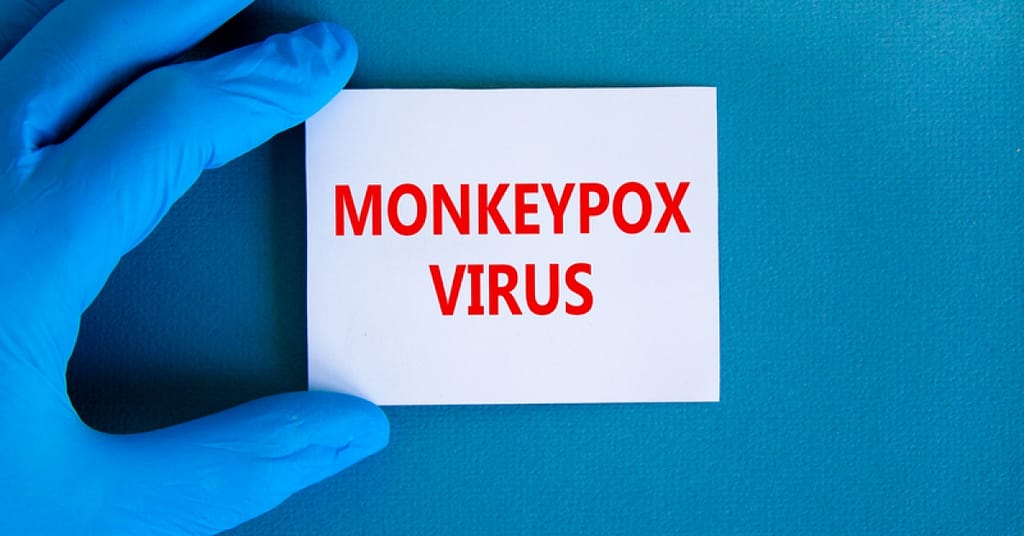(Carrick Pharmacy News) With the increase in monkeypox cases in the US, more and more questions arise.
Monkeypox is not a new virus. It was actually first discovered in 1958. However, it is usually seen in small numbers in certain parts of Africa.
In the United States, routine vaccination for smallpox was stopped in 1972 because the disease was deemed eliminated. In fact, the last natural outbreak of smallpox in the US occurred in 1949.
Monkeypox is a rare disease caused by the monkeypox virus.
Monkeypox virus and the virus that causes smallpox are actually in the same family. Although monkeypox and smallpox symptoms are similar, monkeypox symptoms but milder.
1. What are the symptoms of monkeypox?
Symptoms include:
- Fever and chills
- Headache
- Muscle aches including backache
- Swollen lymph nodes
- Fatigue
- Sore throat
- Nasal congestion
- Cough
- Rash that may look like pimples or blisters. The rash can appear on the face, inside the mouth, hands, feet, chest or genitals.
If you notice a new or unexplained rash or experience any of the monkeypox symptoms listed above, see a health care provider.
It is also important to avoid close contact with others until you have been seen by your health care provider.
2. Is monkeypox deadly?
Death is rare with monkeypox. According to the Centers for Disease Control and Prevention (CDC), monkeypox can be fatal in as many as 1 in 10 patients who contract it.
3. How is monkeypox spread?
Monkeypox is spread by any of the following ways:
- direct contact with the infectious rash, scabs or body fluids
- respiratory secretions
- sex
- from mom to baby through the placenta
4. Can monkeypox be spread by touching clothing?
Yes, touching clothing or bedding items that previously touched the infectious rash or body fluids is another way monkeypox can spread.
5. What can I do to protect myself?
There are a few ways you can protect yourself.
- Avoid close, skin-to-skin contact with anyone who have a rash that looks like monkeypox
- Avoid touching items that someone with monkeypox has used
- Eating utensils
- Clothes, bedding and towels
It is recommended you wash your hands frequently with soap and water. You can use an alcohol-based hand sanitizer if soap and water are not available.
There are two vaccines may be used for the prevention of monkeypox virus infection:
- JYNNEOS (also known as Imvamune or Imvanex)
- ACAM2000
Although there is currently a limited supply of JYNNEOS, the supply is expected to increase soon.
It is important to note ACAM2000 is not recommended to be used in those who:
- have certain health conditions (a weakened immune system)
- pregnancy
The CDC recommends the vaccine be given within four days from exposure. This offers the best chance to prevent the start of monkeypox.
Speak to your healthcare provider if you have any questions.



